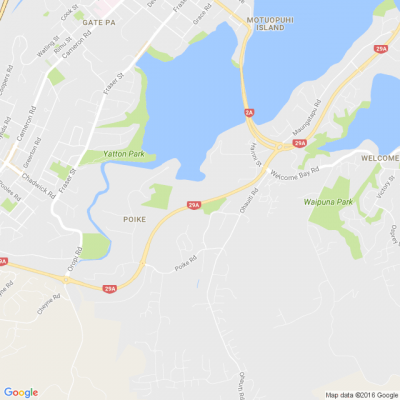How Curtain Linings Work
Windows play a major role in controlling the temperature within a home. During winter it is easy to lose heat, and in summer it is easy to overheat a home if windows are not appropriately covered. Lining is a cost-effective addition to help protect your curtain fabric, while providing some added insulation for the home, reducing window heat loss by 40-60% when closed. Working all year round, lined drapery is an important tool in creating a thermal insulation barrier. Lined curtains have an added lining layer on the back of the curtain which can be attached to the curtain or can be hung on a separate track behind the curtain.
Linings help your window furnishings last longer: With a good quality lining, your chosen curtain fabric is shielded from the harsh UV rays of the sun, preventing your fabric from fading.
Linings provide added privacy: A lot of fabrics are only somewhat private, especially at night. Adding a lining to your window furnishings will increase the opacity of the treatment, ensuring complete privacy.
Linings provide increased insulation: Insulated linings trap air in and between the layers of fabric, preventing the heat in your homes escaping out the windows, and offering significant savings on your energy bill.
Linings can provide light control: Ideal for bedrooms and media rooms, block-out linings allows you to block light coming through a window and keep your rooms dark in the middle of the day.
Linings improve the appearance of window furnishings: The colours of your chosen fabric can appear richer when a lining is placed behind them. Without a lining, sunlight coming through a fabric can make the colours appear washed out during the day.
Call us or your local Curtain makers to discuss adding a lining to your current curtains.
Poll: Should all neighbours have to contribute to improvements?
An Auckland court has ruled a woman doesn’t have to contribute towards the cost of fixing a driveway she shares with 10 neighbours.
When thinking about fences, driveways or tree felling, for example, do you think all neighbours should have to pay if the improvements directly benefit them?

-
82.3% Yes
-
15% No
-
2.7% Other - I'll share below
What's your favourite recipe for courgettes?
Kia ora neighbours. If you've got a family recipe for courgettes, we'd love to see it and maybe publish it in our magazine. Send your recipe to mailbox@nzgardener.co.nz, and if we use it in the mag, you will receive a free copy of our January 2025 issue.

Should You Stay Home During Open Homes or Private Viewings? 🏡🤔
Should You Stay Home During Open Homes or Private Viewings? 🏡🤔
When you list your home for sale, you might wonder: should you be there during inspections? While it’s your home, many agents suggest stepping out during these moments.
Here’s why:
1️⃣ Protecting Your Peace 🛡️
Selling a home is an emotional journey, and potential buyers often share candid opinions about your home. While their feedback can be valuable, it might feel personal when you’re nearby. Stepping out helps you avoid any unintended stress or discomfort.
2️⃣ Creating a Comfortable Atmosphere 🌟
Buyers want to imagine themselves living in your home, and that’s easier to do when they feel at ease. Your presence, even with the best intentions, might make them feel like guests rather than potential owners.
💡 Pro Tip: Take a break—go for coffee ☕ or enjoy a walk in the park 🌳 during inspections. It can make a big difference for everyone involved.
Have questions about selling your home or real estate in general?
Let’s connect—I’d love to help! 😊









 Loading…
Loading…

























